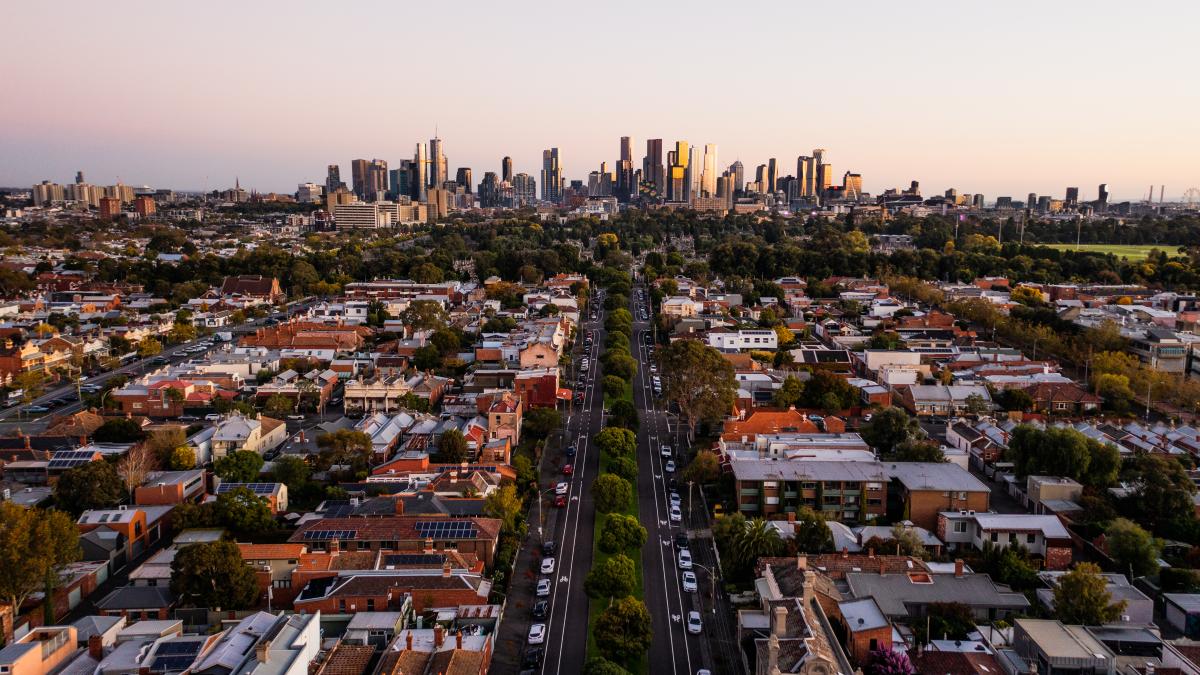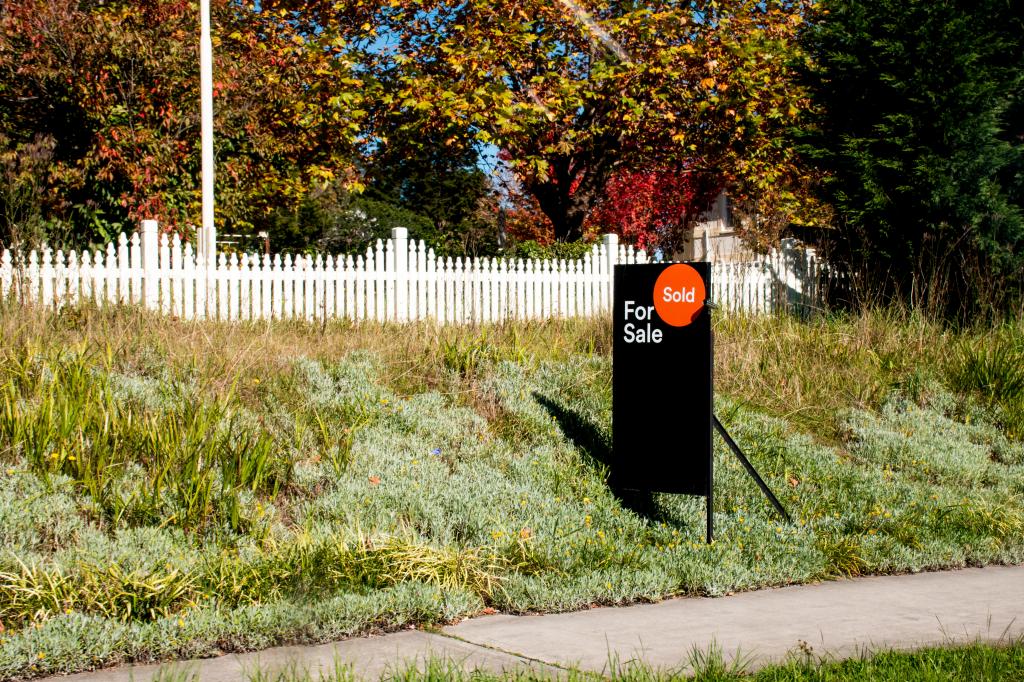
Melbourne is the only city that has seen house prices drop since the start of the year, as Australia grapples with a fifth month of record high prices.
House prices across the country rose 0.6 per cent last month, according to data group CoreLogic, matching February’s increase and putting the median house at $772,730.
Sydney remains the most expensive city while Perth, Adelaide and Brisbane are all at record levels.
It’s not all bad news though, as prices in Melbourne actually remained steady in March, and have seen a 0.2 per cent drop since the start of the year. Darwin also dropped 0.2 per cent last month, but has still risen 0.4 per cent since the start of the year.
It may not be much, but it’s something.
Domain’s Chief of Research and Economics Dr Nicola Powell told PEDESTRIAN.TV that there was no one answer as to why Melbourne was more affordable.
“There are a few factors that may be contributing to Melbourne’s growth position, from the lingering demographic effects of the pandemic to ongoing challenges in interstate migration – more people are leaving Melbourne than arriving and this has been the trend since 2020, so ultimately this impacts demand,” she said.
“Housing supply has also been better in comparison to other cities, which means prices aren’t being driven up as quickly.”

As for the rest of Australia, an undersupply of housing is continuing to mount the pressure.
CoreLogic research director Tim Lawless said that although prices were rising faster than at the end of 2023, we aren’t yet seeing the same steep increases we did over the whole of last year.
“Rate hikes, cost-of-living pressures and worsening housing affordability are all factors that have contributed to softer housing conditions since mid-last year,” he said in a CoreLogic report released on Tuesday.
“However, an undersupply of housing relative to demand continues to keep upward pressure on home values despite these headwinds.”
To combat high prices, the federal government has said it wants to build 1.2 million homes across the country by the end of the decade, however Lawless said this target was a long way off. And with Australia playing “catch-up” with supply, Lawless said the housing shortage would be here for at least a few more years.
“Some 12,850 homes were approved for construction in January, roughly 25 per cent below the decade average and well below the 20,000 average monthly run rate of approvals required to see 1.2 million homes in five years,” he said.
“At the same time, the residential construction sector continues to run up against shortages in labour, high material costs and depressed profit margins.”
Even state governments have admitted this goal is ambitious, with NSW Premier Chris Minns saying the target would be “difficult to accomplish“. But building more houses is the only way out of the housing crisis, and until we do news of record prices will continue to dominate the headlines.



